Understanding Buffing Paper
Buffing paper, a specialized abrasive material, is essential in various industries for achieving a fine and smooth finish on surfaces. This versatile product category encompasses a range of grades and materials designed to suit different applications, from woodworking to metal polishing.
Types and Features of Buffing Paper
The market offers various types of buffing paper, each tailored for specific surface treatments. The common types include aluminum oxide, silicon carbide, and ceramic papers, known for their durability and cutting efficiency. Features such as open-coat or closed-coat construction, waterproof backing, and different grit sizes allow professionals to select the ideal buffing paper for their project needs.
Applications of Buffing Paper
Buffing paper is widely used in automotive, furniture, and metalworking industries. Its primary function is to smooth out imperfections, prepare surfaces for painting or coating, and provide a refined finish. In the automotive sector, it helps in removing paint layers or preparing the body for new paint. Woodworkers rely on buffing paper to achieve a satin-like finish on furniture pieces.
Advantages of Using Quality Buffing Paper
Using premium buffing paper can significantly enhance the efficiency of surface preparation and finishing tasks. It leads to a uniform abrasion, minimizes material waste, and can be pivotal in achieving the desired surface texture. Moreover, the longevity of high-grade buffing paper ensures that users can complete their tasks with fewer replacements, optimizing their workflow.
Materials and Sustainability
Buffing papers are often made from recycled materials, contributing to environmental sustainability. The backing material, usually paper or cloth, is coated with abrasive grains that determine the paper's grit level. The choice of material affects the paper's flexibility, longevity, and suitability for either dry or wet applications.
Selecting the Right Buffing Paper
Choosing the correct buffing paper involves considering the material to be polished, the desired finish, and the method of application. Whether it's for a hand-held sanding block or a mechanical sander, the right buffing paper can make all the difference in the quality of the outcome.

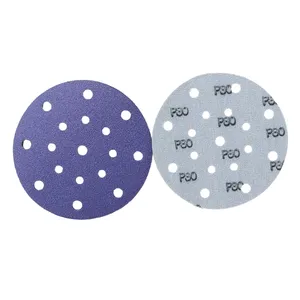



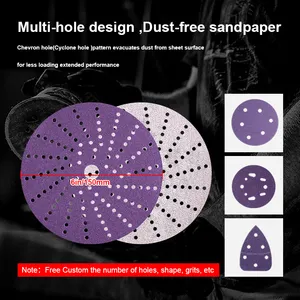

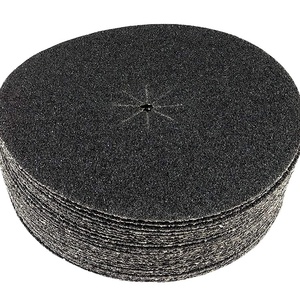

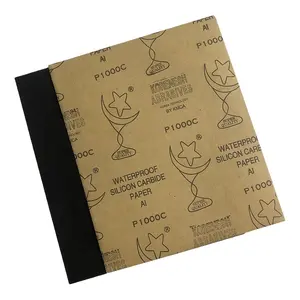
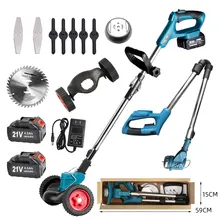
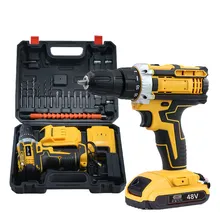
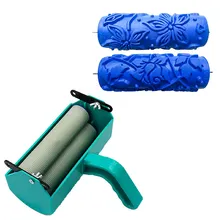

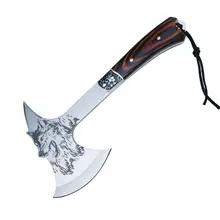




























 浙公网安备 33010002000092号
浙公网安备 33010002000092号 浙B2-20120091-4
浙B2-20120091-4